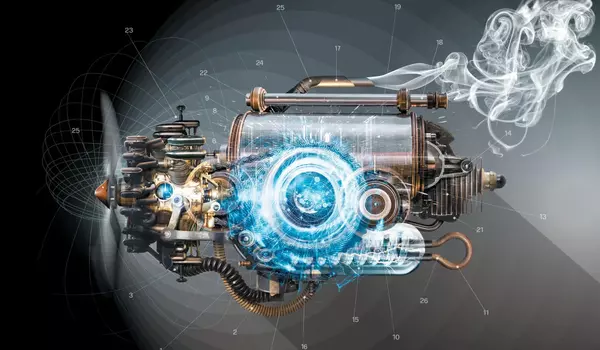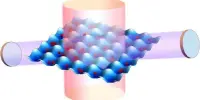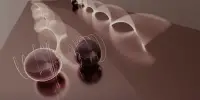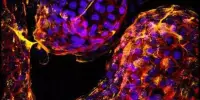A group of physicists has shed light on certain properties of quantum systems by tracking how their fluctuations evolve over time. The study provides an in-depth understanding of a complex phenomenon that is fundamental to quantum computing, a method that can perform certain calculations much more efficiently than traditional computing.
“In an era of quantum computing, it’s critical to generate a precise characterization of the systems we’re building,” says Dries Sels, an assistant professor in New York University’s Department of Physics and one of the paper’s authors. “This work reconstructs the full state of a quantum liquid, which is consistent with the predictions of a quantum field theory – similar to those that describe the fundamental particles in our universe.”
Sels adds that the breakthrough offers promise for technological advancement.
Quantum computing relies on the ability to generate entanglement between different subsystems, and that’s exactly what we can probe with our method. The ability to do such precise characterization could also lead to better quantum sensors – another application area of quantum technologies.
Dries Sels
“Quantum computing relies on the ability to generate entanglement between different subsystems, and that’s exactly what we can probe with our method,” he explains. “The ability to do such precise characterization could also lead to better quantum sensors – another application area of quantum technologies.”
The research team, which included scientists from Vienna University of Technology, ETH Zurich, the Free University of Berlin, and the Max-Planck Institute of Quantum Optics, performed a quantum system tomography – the reconstruction of a specific quantum state with the goal of seeking experimental evidence of a theory.

The studied quantum system consisted of ultracold atoms — slow-moving atoms that make the movement easier to analyze because of their near-zero temperature — trapped on an atom chip.
In their work, the scientists created two “copies” of this quantum system — cigar-shaped clouds of atoms that evolve over time without influencing each other. At different stages of this process, the team performed a series of experiments that revealed the two copies’ correlations.
“By constructing an entire history of these correlations, we can infer what is the system’s initial quantum state and extract its properties,” Sels explains. “Initially, we have a very strongly coupled quantum liquid that we split into two so that it evolves as two independent liquids, and then we recombine it to reveal the liquid’s ripples.”
“It’s like watching the ripples in a pond after throwing a rock in it and inferring the properties of the rock, such as its size, shape, and weight.”
It’s worth noting that scientific progress is accelerating, and new discoveries and breakthroughs may occur after my knowledge cutoff. As a result, it’s always a good idea to look up the most recent scientific literature and developments to see if there have been any recent advances in understanding quantum liquids.
















